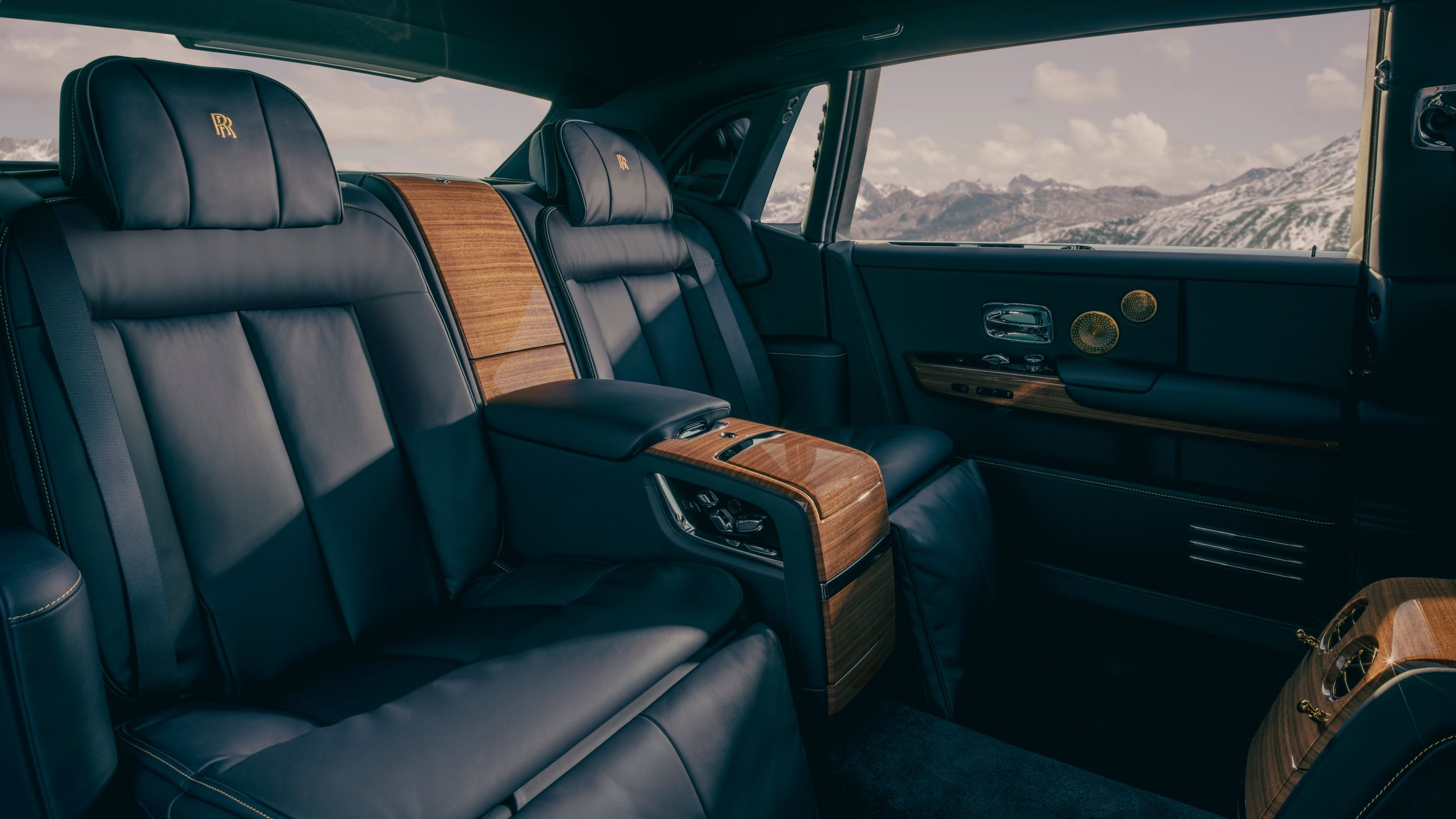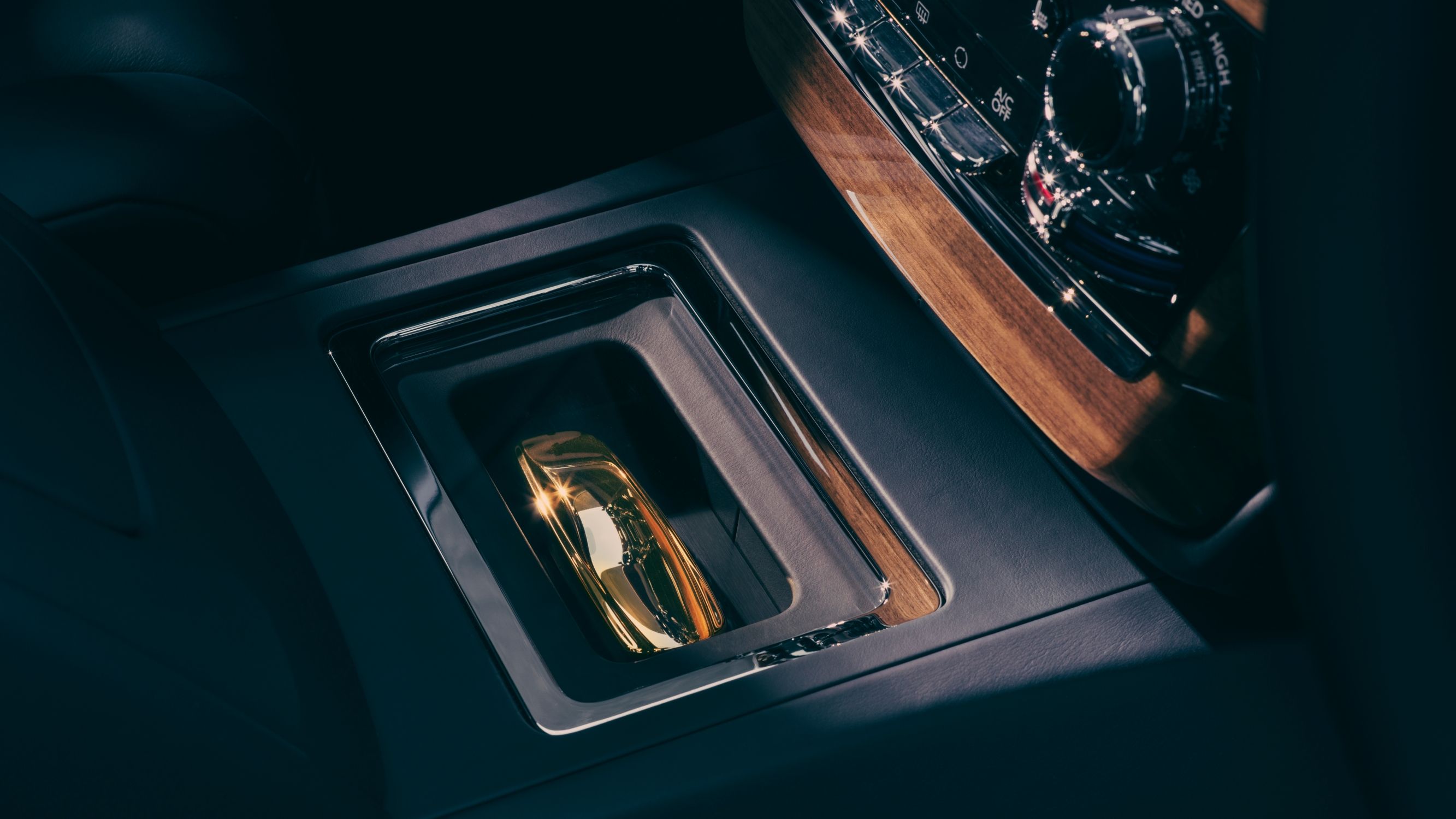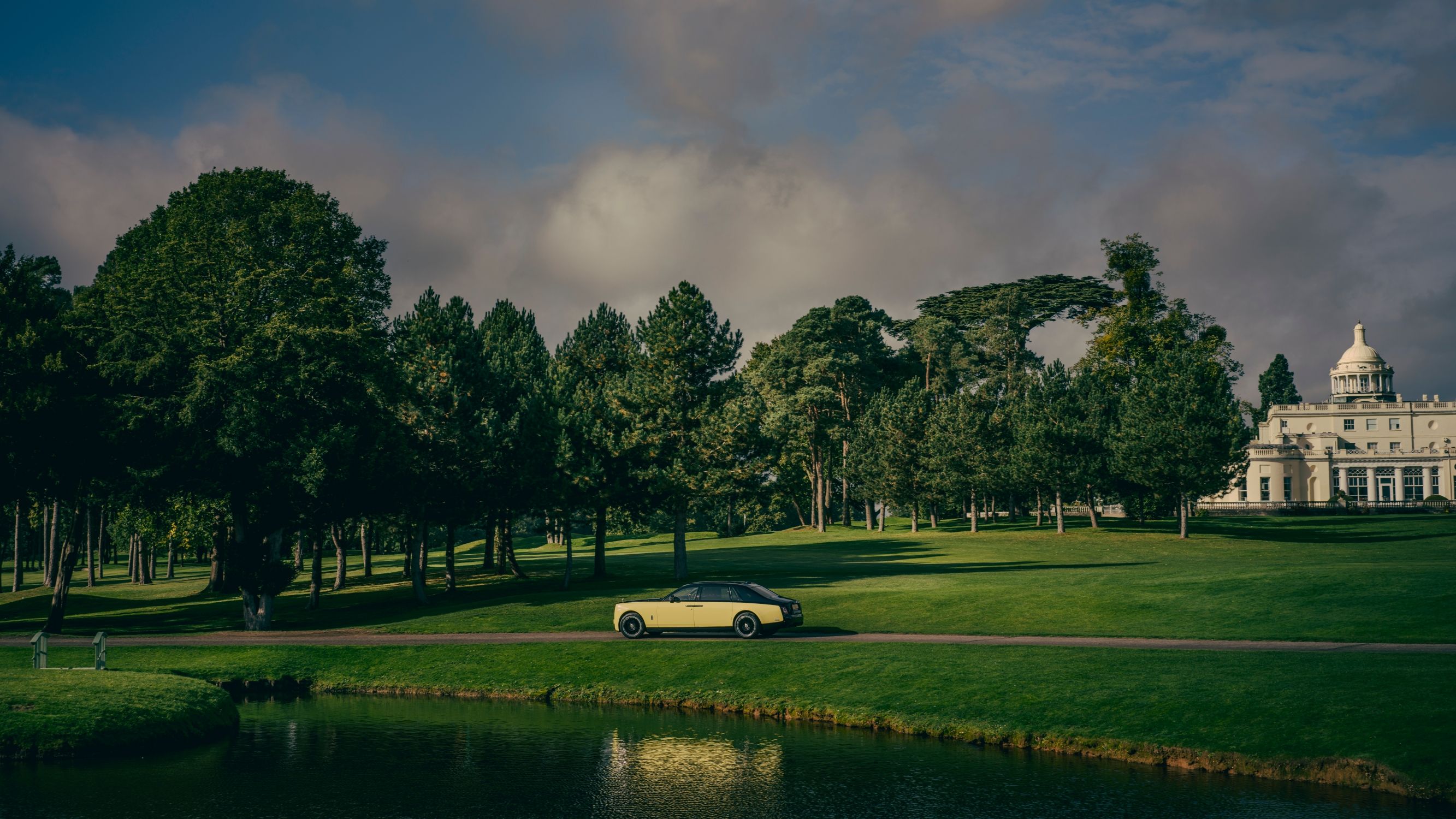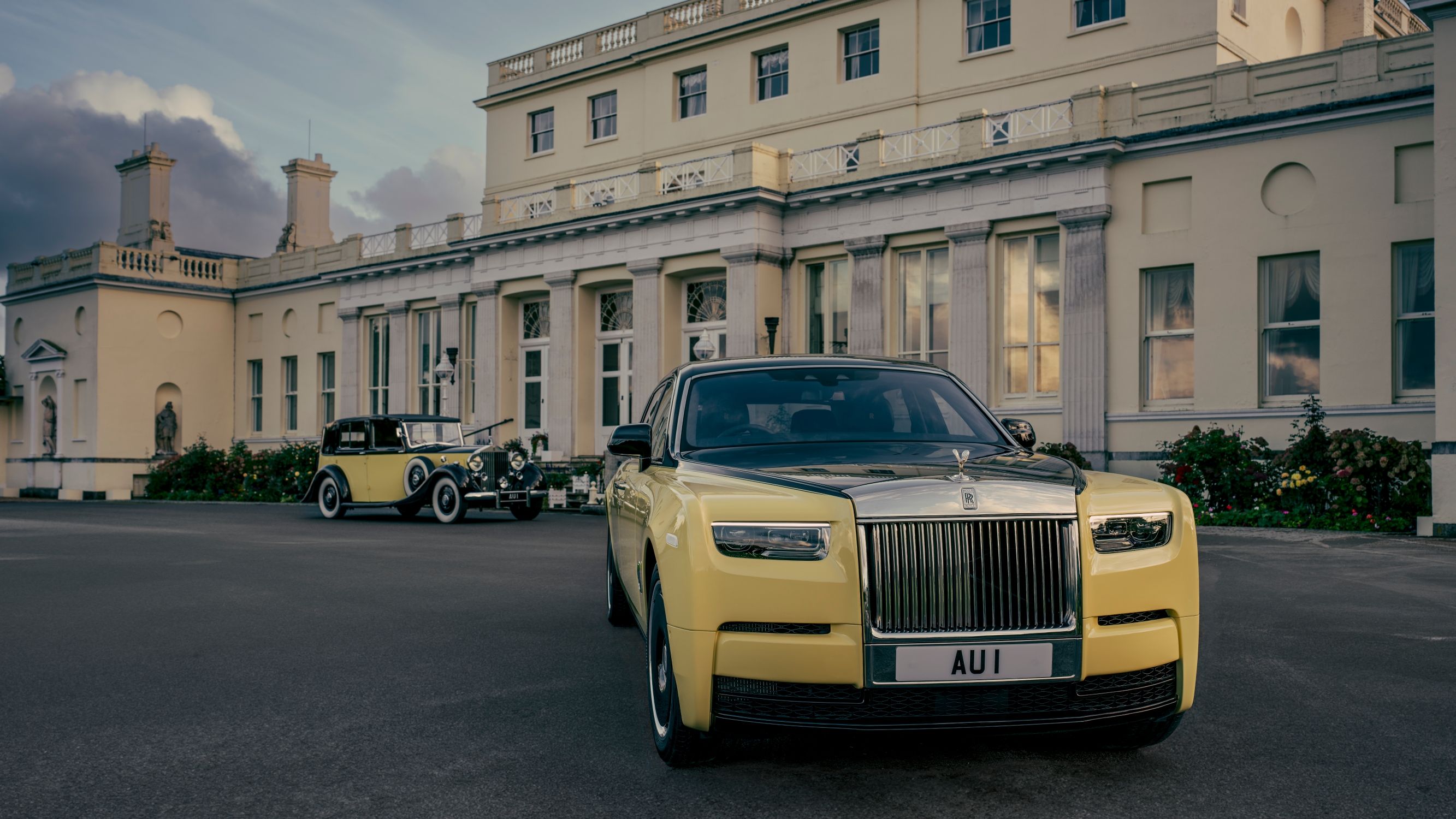
‘Divine heaviness’ could be used to describe the DNA and craftsmanship of every Rolls-Royce ever made, but it’s especially true of both of the cars you see here. Imagined owner: one Auric Goldfinger, billionaire industrialist and sworn enemy of James Bond, who plans to detonate a nuclear device that’ll irradiate the USA’s gold reserve and inflate the value of his own. ‘This is gold, Mr Bond. All my life, I’ve been in love with its colour, its brilliance, its divine heaviness.’
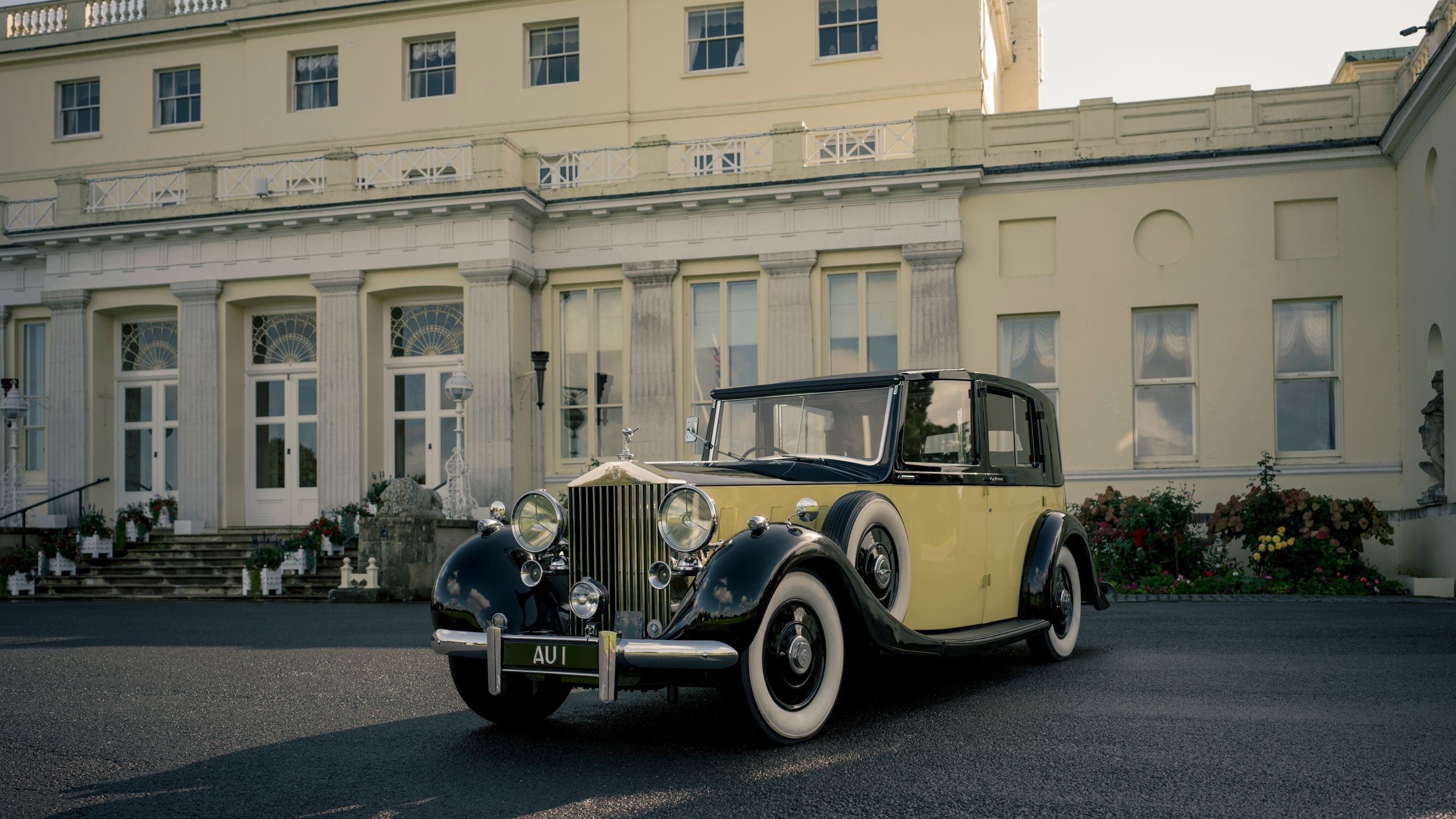
So much so, Goldfinger’s two-tone yellow and black 1937 Rolls-Royce Phantom III Sedanca de Ville was said to be built from the stuff. To mark the 60th anniversary of the film Goldfinger, which starred Sean Connery and Gert Fröbe, Rolls-Royce have customised their extended-wheelbase Phantom VIII with details that will delight 007 fans. Only one gets to own it, though, and it’s fair to surmise that customer – who is based in the UK – already has reserves to rival Fort Knox. They must have the Midas touch.
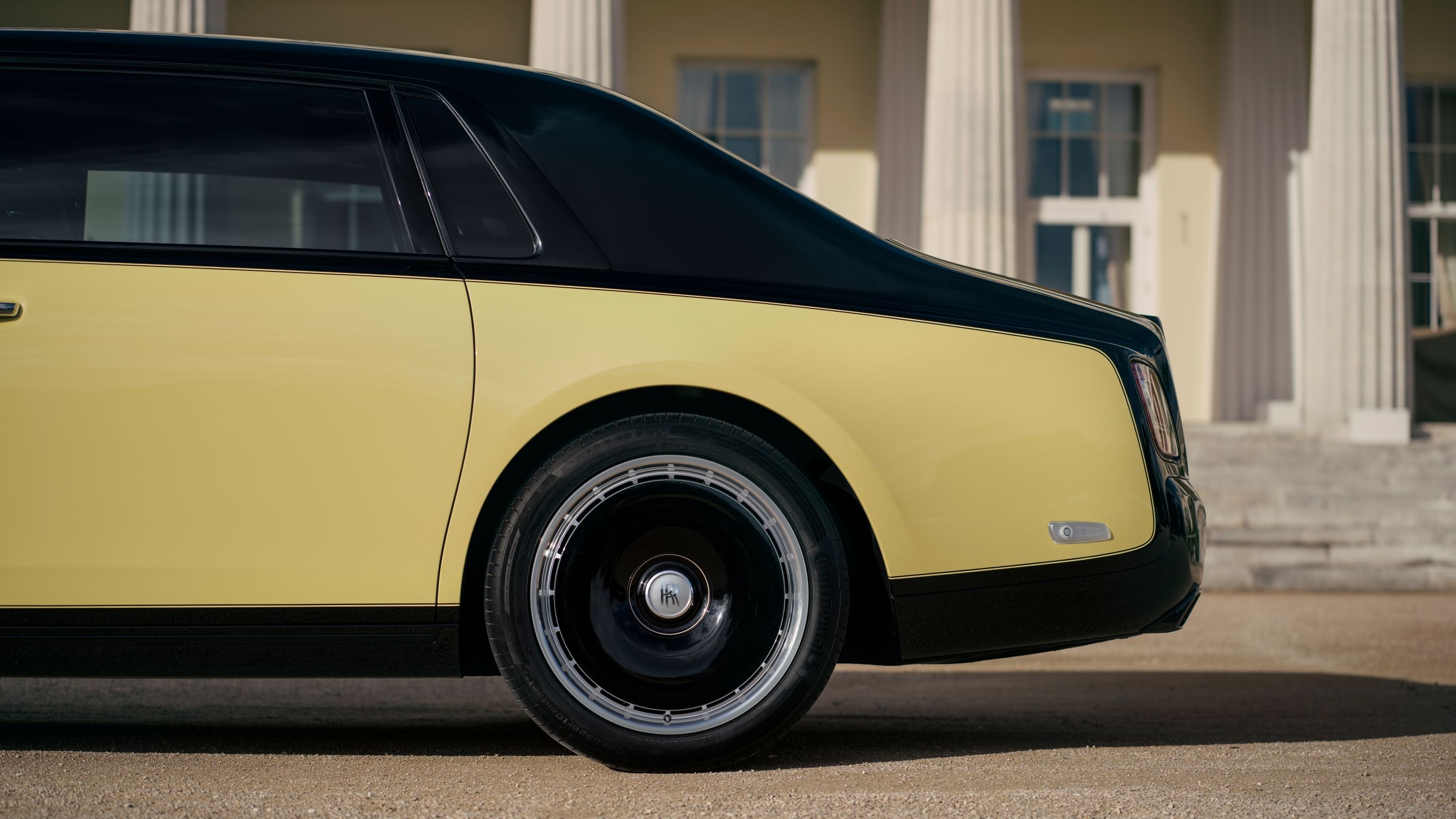
To mark the occasion, Wallpaper* visited Stoke Park in Buckinghamshire, where Goldfinger and Bond went mano-a-mano on the fairway in 1964 and where Goldfinger’s menacing valet, Oddjob, decapitated a statue with his bowler hat. What would the club secretary have to say? ‘Oh, nothing Mr Bond… I own the club.’
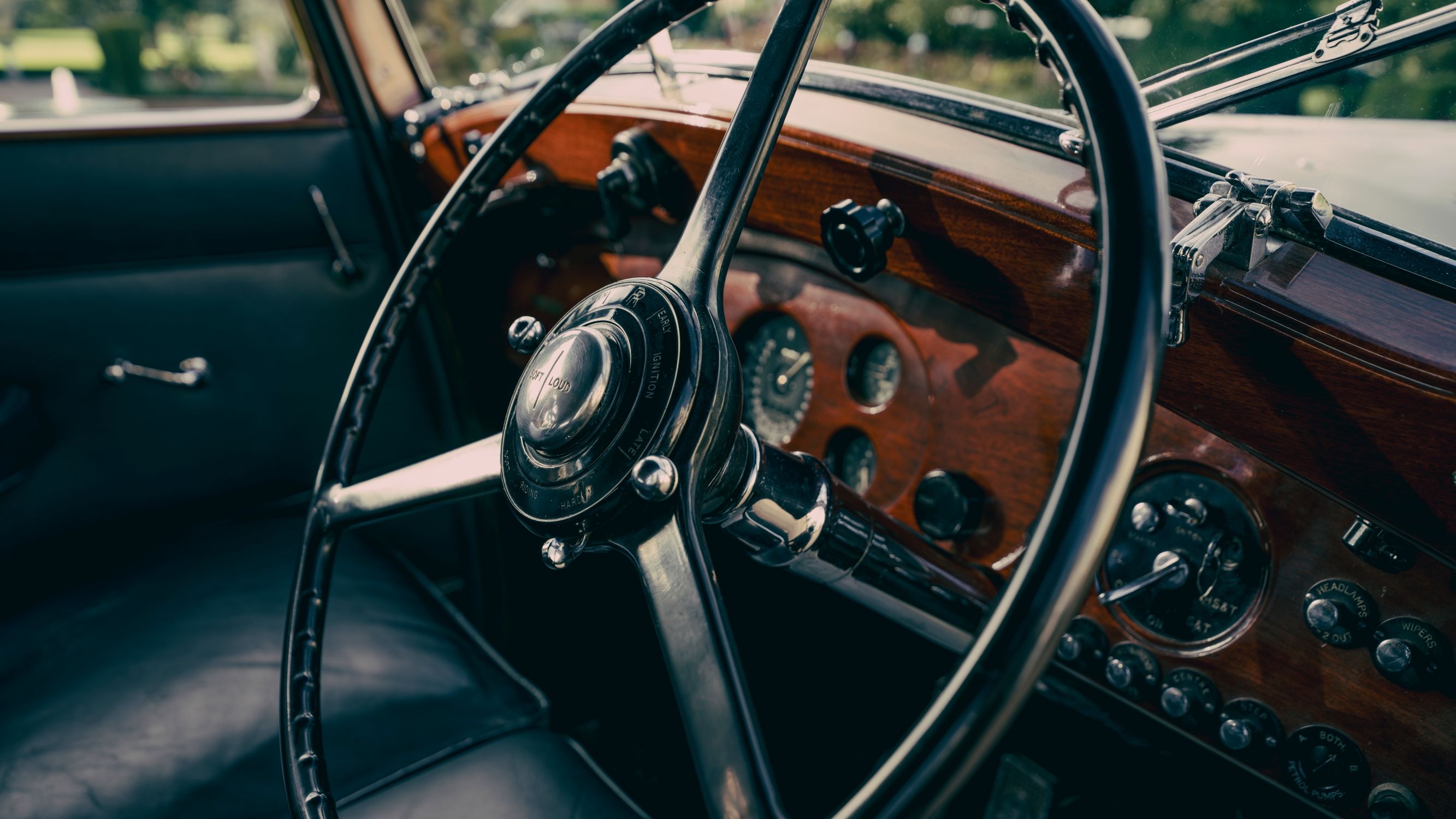
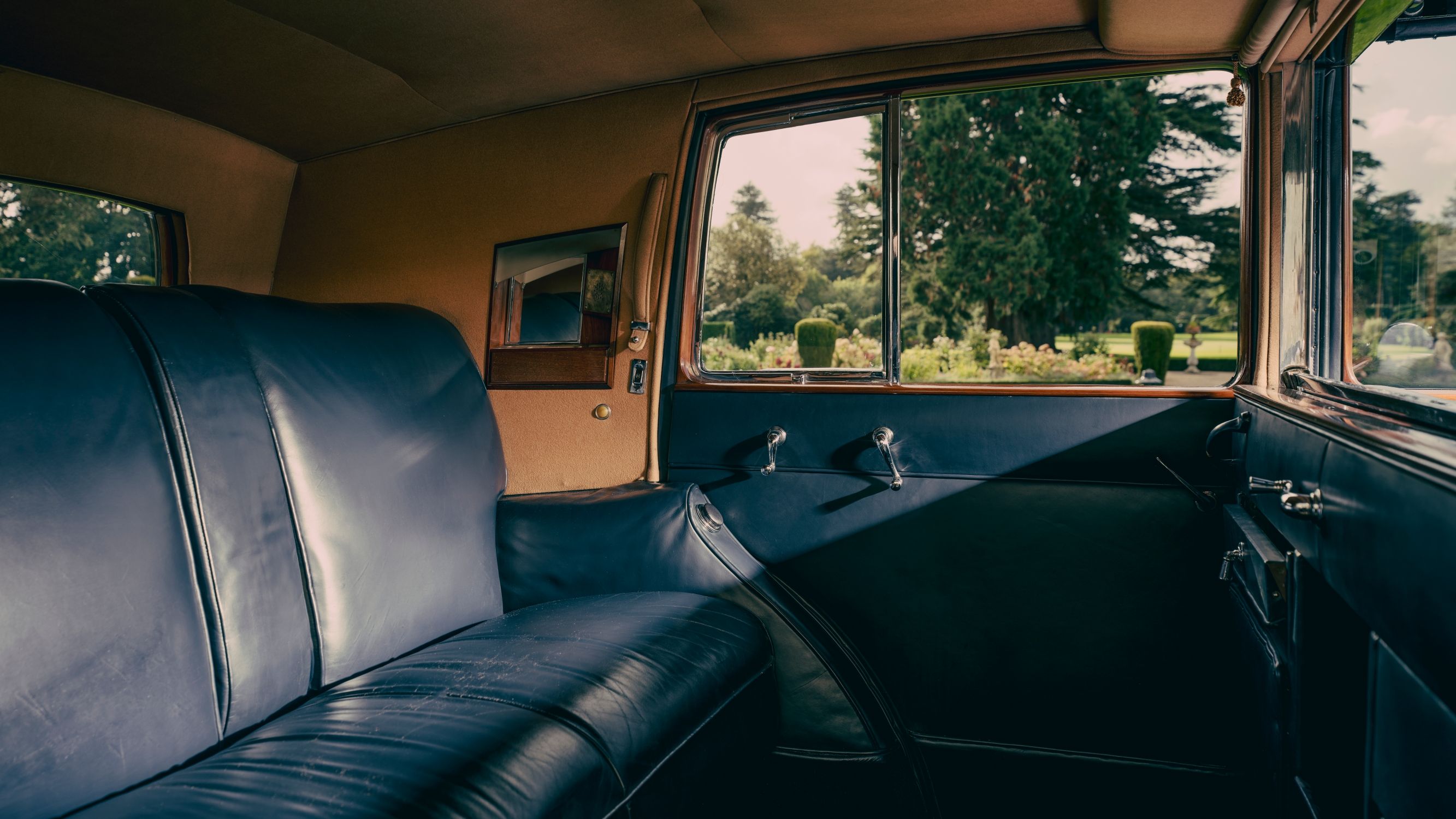
Here is what the patron of this unique Phantom Goldfinger will own in return for their undisclosed millions: A shade of ‘Auric’ yellow paint that will never be repeated, similar to that of the 1937 car’s; walnut picnic tables for the rear-seat passengers inlaid with very delicate 22-carat gold that displays fictional maps of Fort Knox; ahead of the front passenger seat, a three-dimensional steel and gold gallery with an isoline map of the Furka Pass – the winding Swiss mountain road upon which Bond pursues his Phantom-conveyed quarry en route to Goldfinger’s smelting plant; a starlight headliner perfectly matching the constellation above the Furka Pass on 11 July 1964, the night in which the sequence was filmed; and a gold putter fitted to the inside of the boot lid and engraved with AG in the same monogram as the villain’s signet ring. Open the glovebox and you’ll find the ‘divine heaviness’ quote etched in gold along with Auric’s signature.
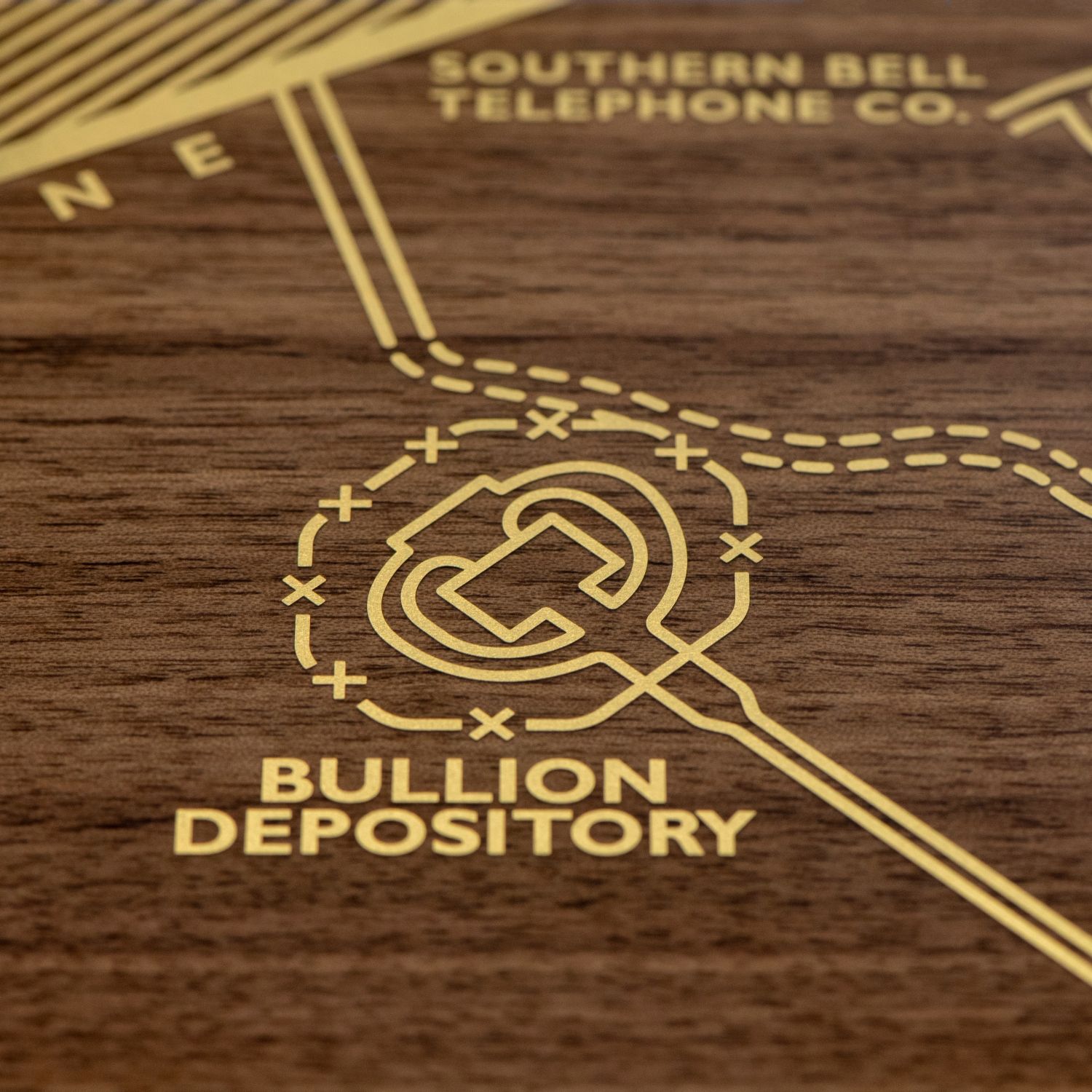
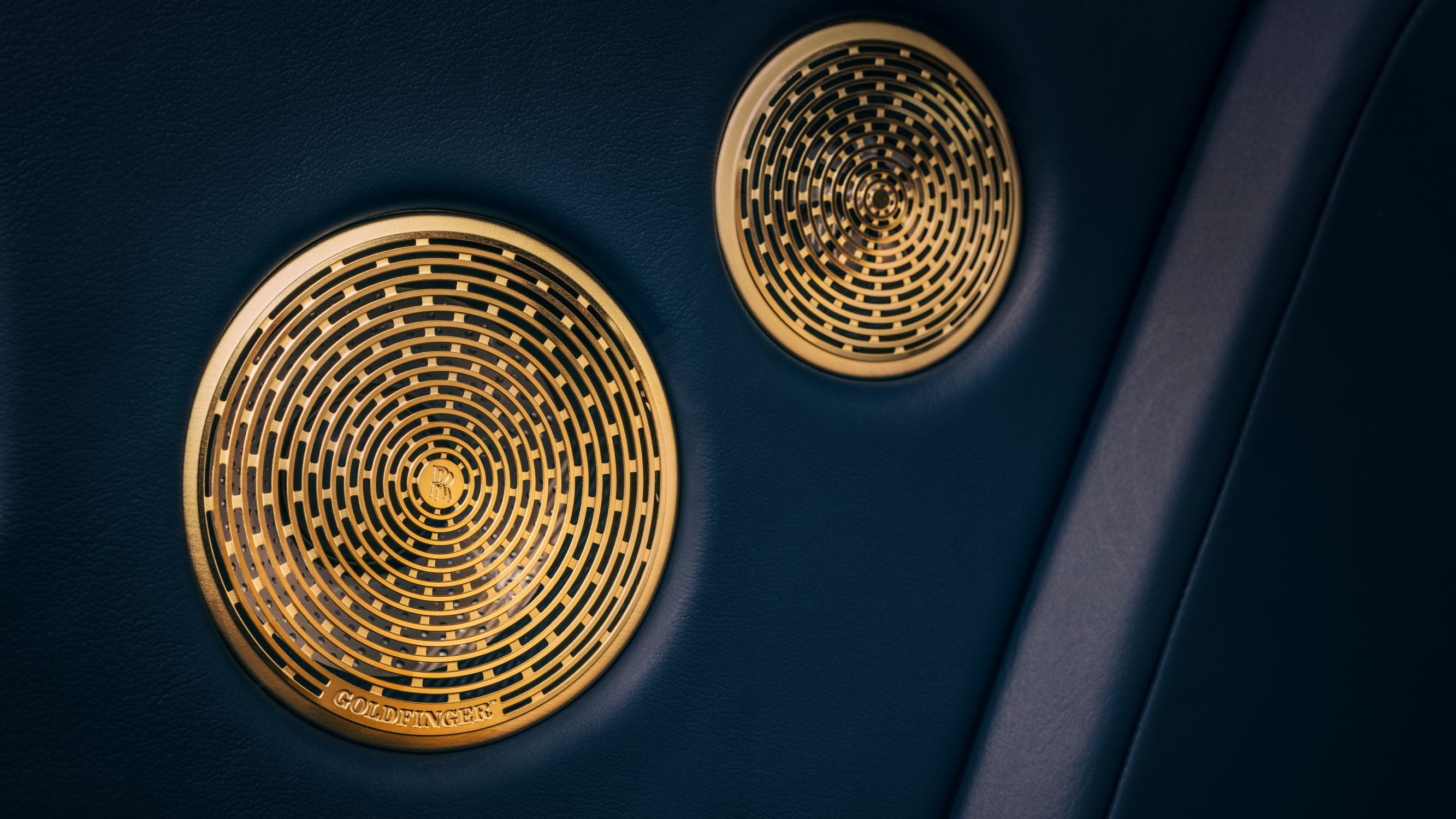
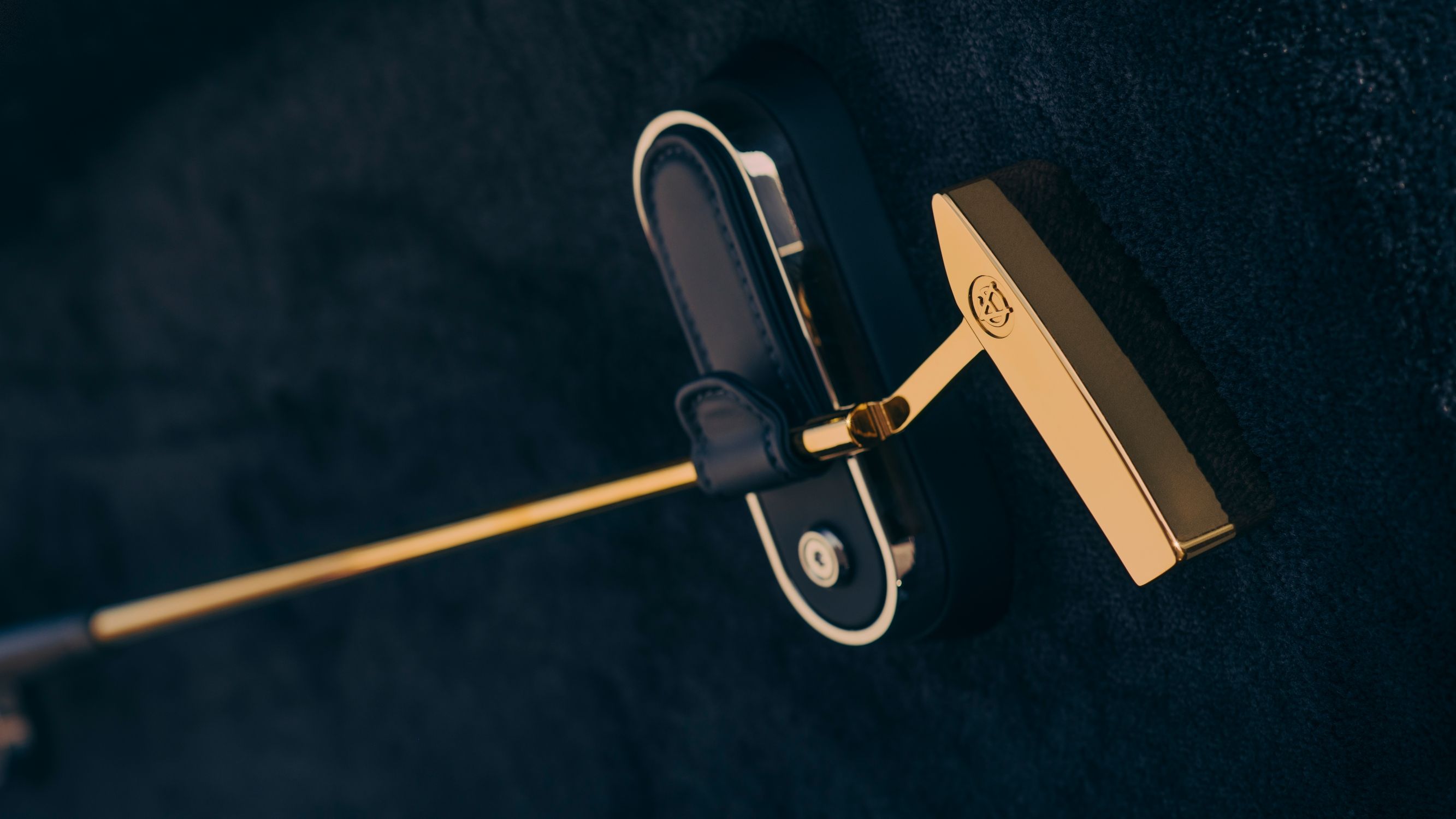
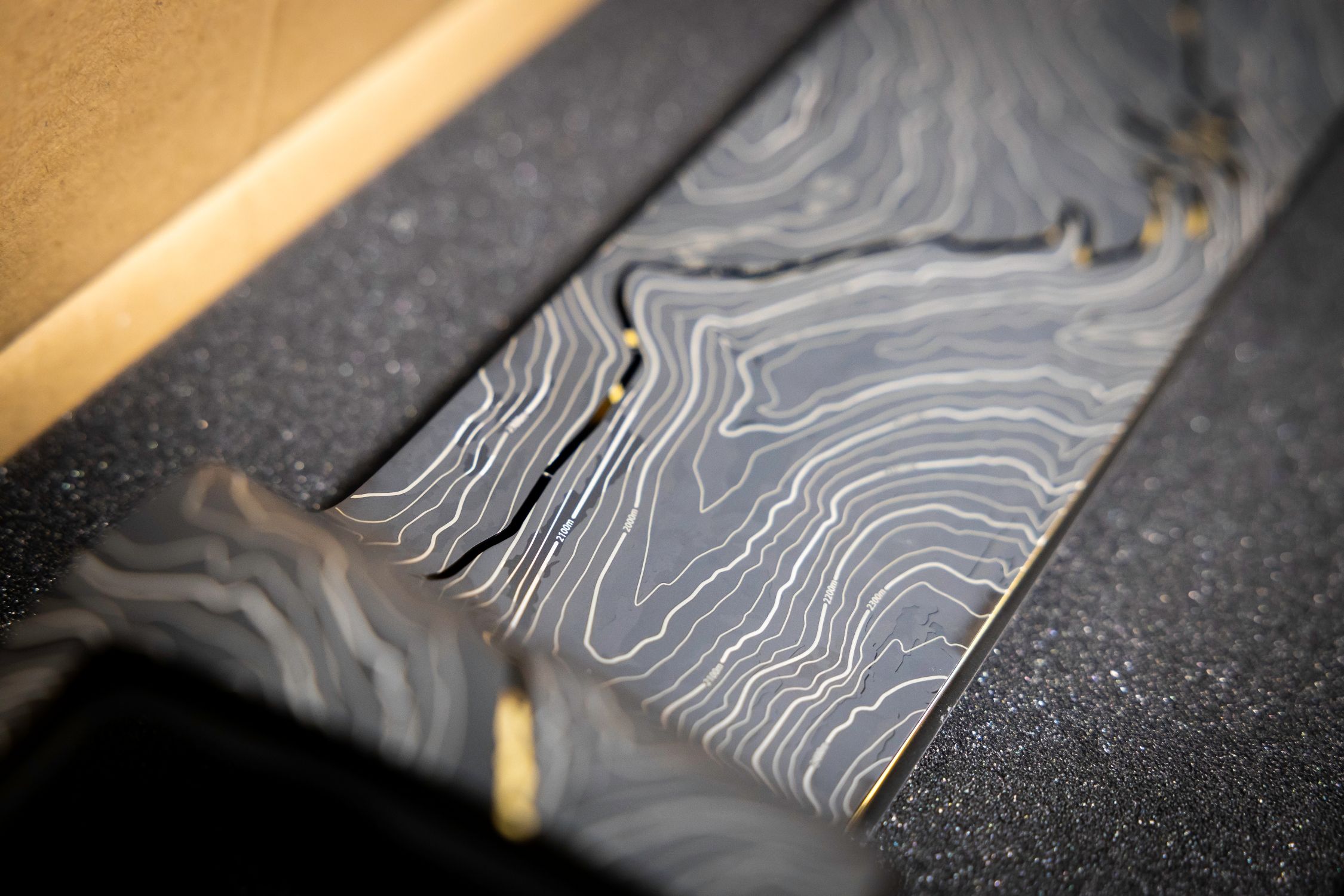
The Spirit of Ecstasy on the prow of the Phantom Goldfinger subtly references the motion picture’s plot. In the film, Goldfinger was smuggling gold from England to Switzerland via the body panels of his car, and in a knowing design nod the figurine appears to reveal gold concealed with a silver coat.
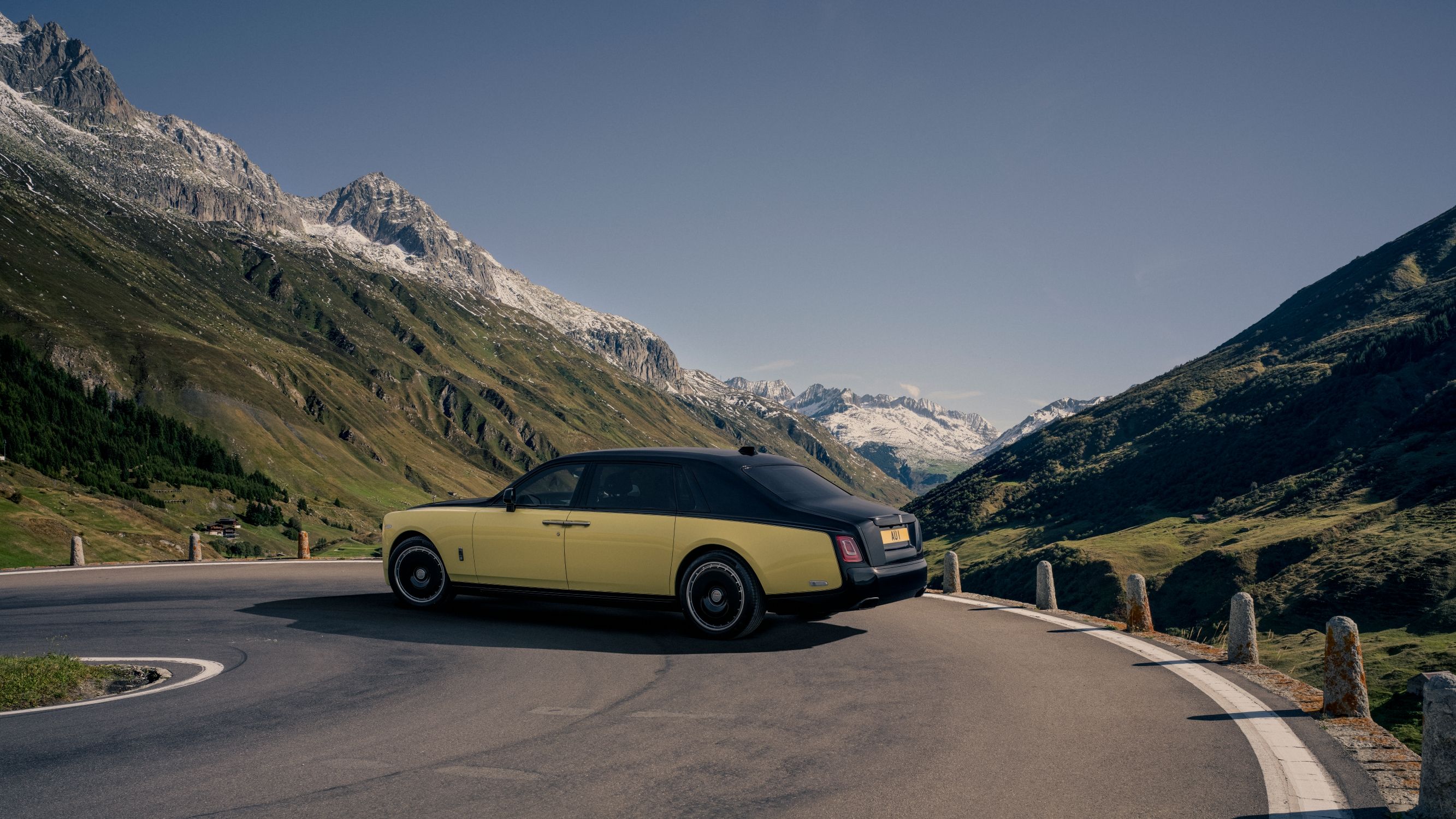
Since it’s not possible to silver-plate gold, the solid silver Spirit of Ecstasy has been skilfully plated with 18-carat gold to achieve the reveal effect. There are tread plates designed to look like gold bars, which are embossed with Goldfinger in the same font developed for the film, gold speakers with the title in the same font, and a 24-carat gold-plated VIN plaque engraved with a specially-obtained vehicle identification number, which ends in 007.
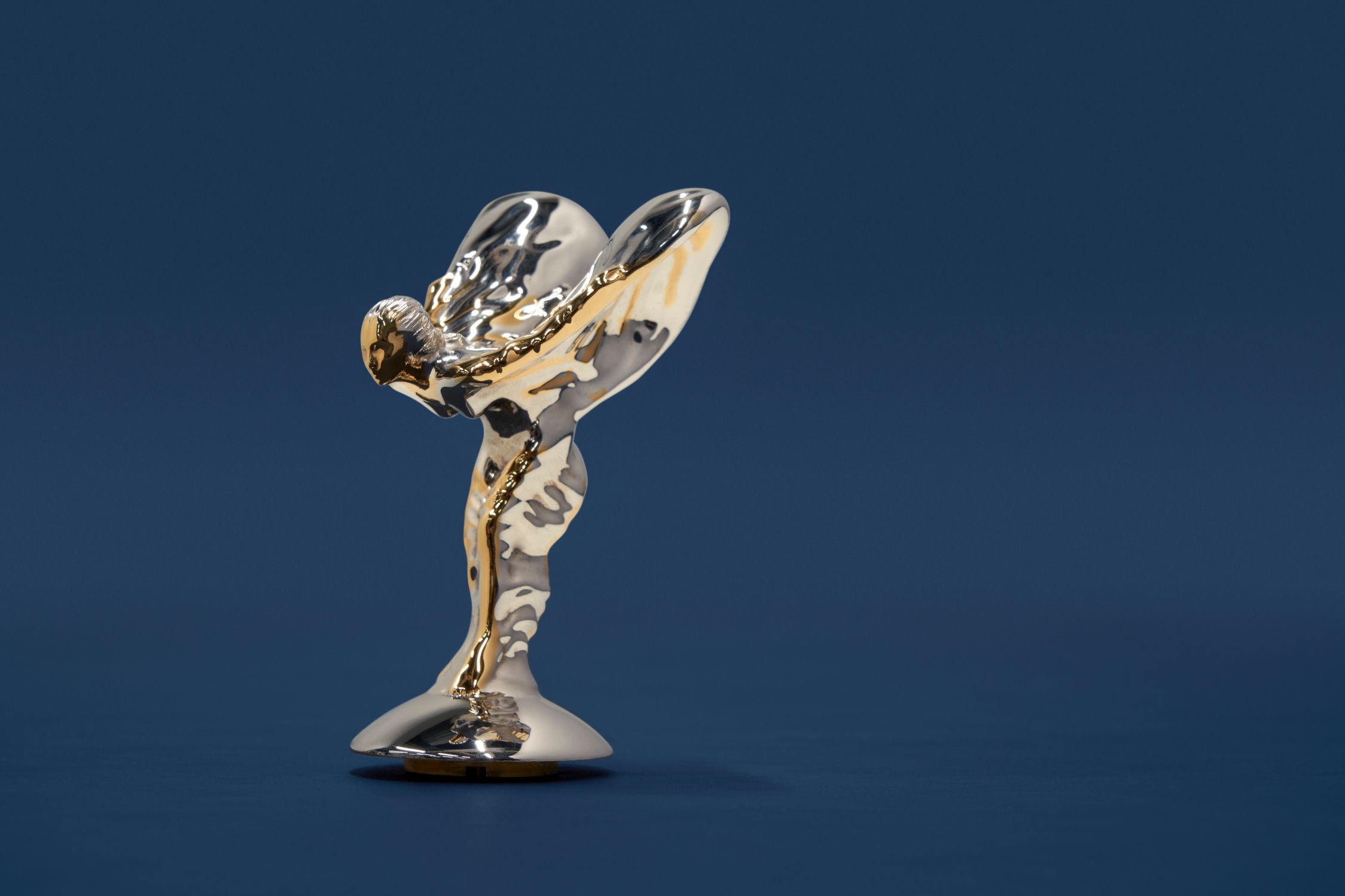
And there’s more. I particularly love the harlequin umbrellas, stored in heated slots in the doors, of the same colourful design as the golf umbrellas Oddjob caddies around. Building the whole car out of gold would have been impractically heavy and would have required the most expensive crash test in automotive history, but there is a solid 18-carat gold bar in the shape of a ‘speedform’ (a stylised representation of the car in miniature) exhibited in the centre console. Why not take it out and casually drop it on the green to raise the stakes and ‘make things interesting’?
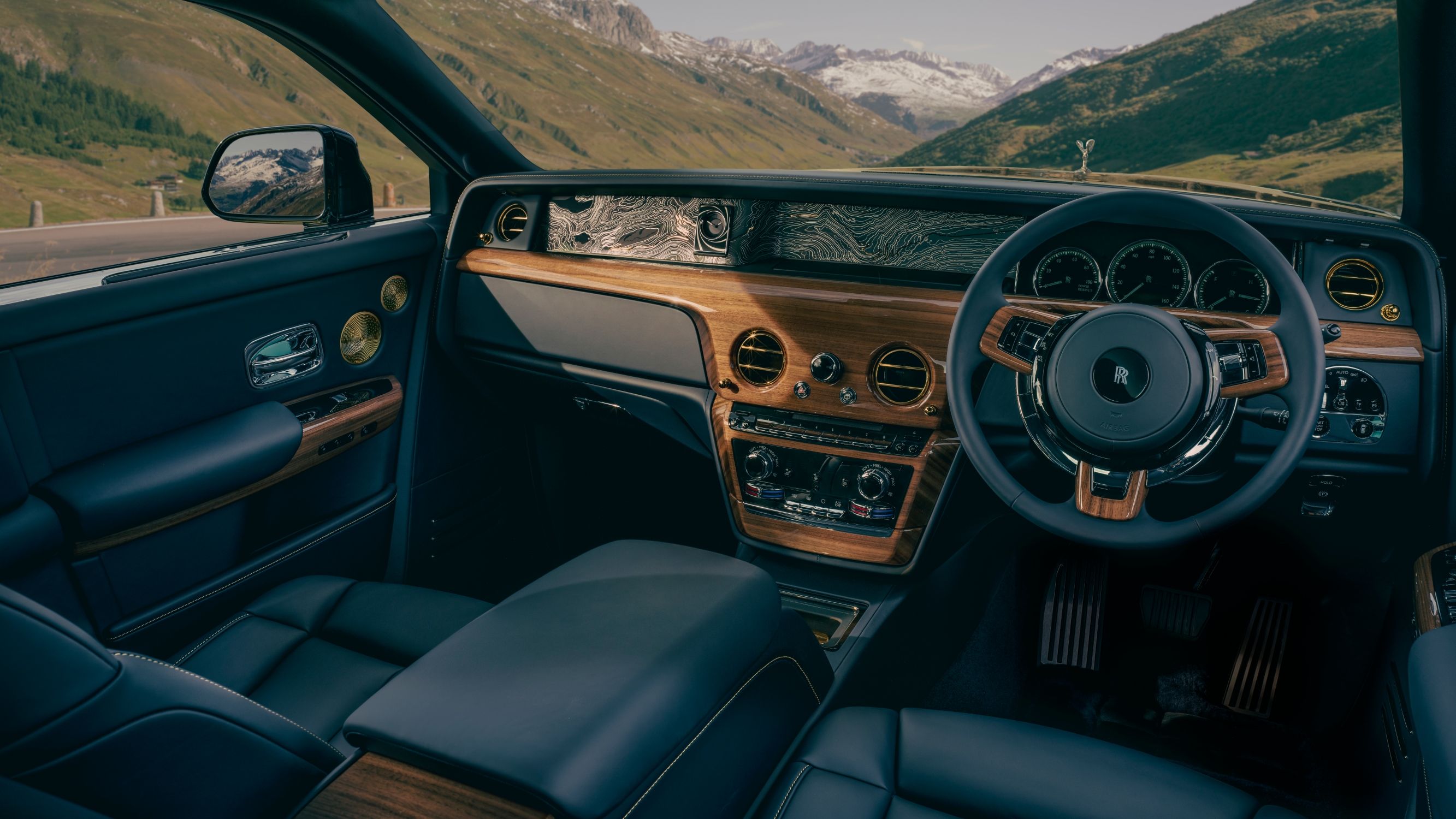
One for proper Bond nerds is the tracker which the spy is shown affixing inside Goldfinger’s boot before he departs Stoke Park. Here, Rolls-Royce has fashioned the Q gadget so it projects the 007 gun logo onto the luggage compartment’s carpet. ‘Plenty of room for some bodies in there,’ suggested Rolls’ CEO Chris Brownridge as he took me on a tour of the car. Better yet, one could encourage a lissom dancer to crawl inside and with the 007 projection you could create your very own Maurice Binder title sequence. This Phantom Goldfinger does, for better or worse, allow the imagination to run riot.
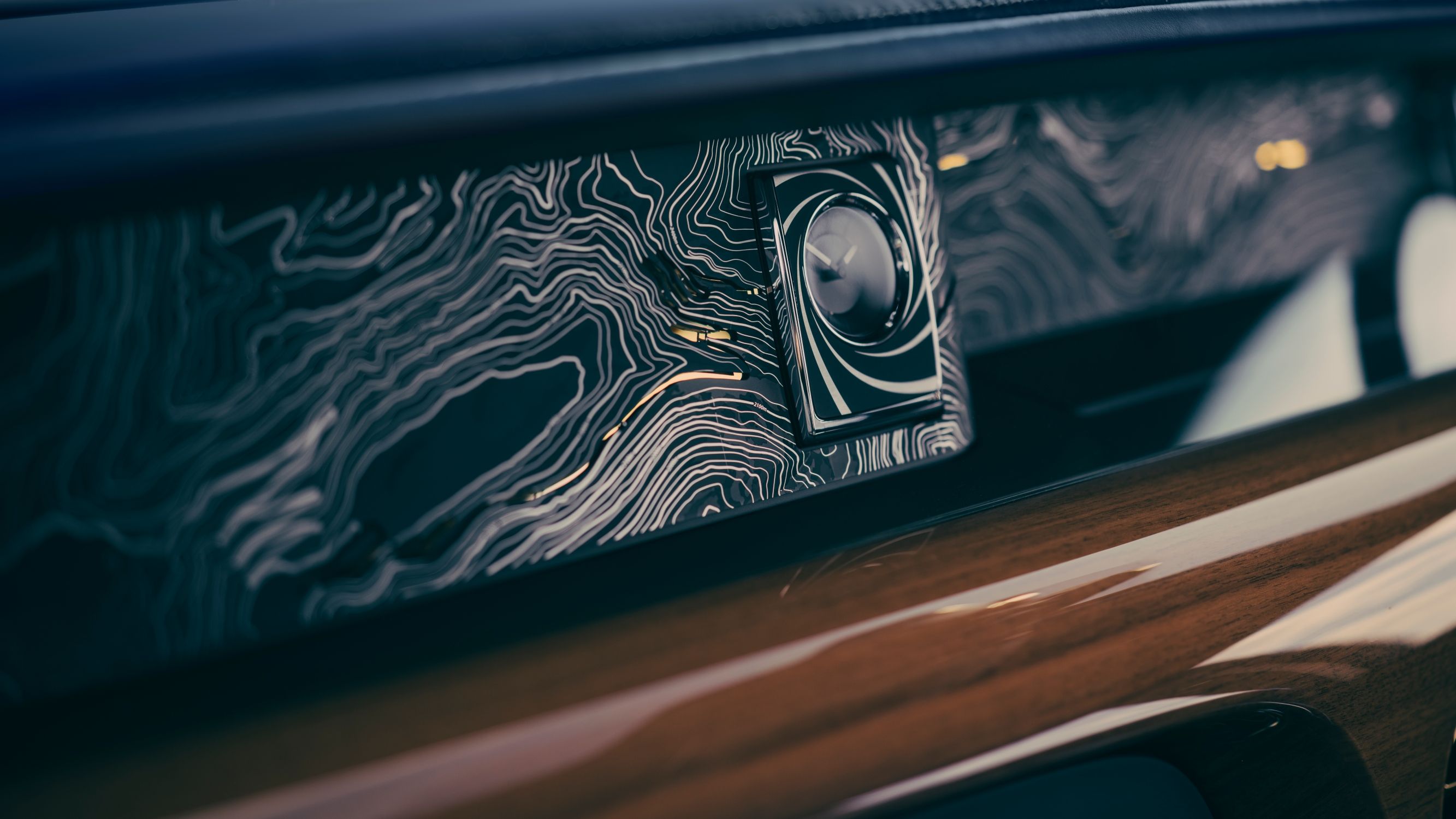
Overall, the car incorporates some of the most extensively engineered bespoke features applied to a one-of-one car in the company’s 118-year history and has taken three years to create. Brownridge added that he and lead project designer, Nick Rhodes, held clandestine meetings with their patron at locations that were once haunts of author Ian Fleming – Scott’s in Mayfair, the bar at Duke’s, etcetera – to nail down all the particulars.
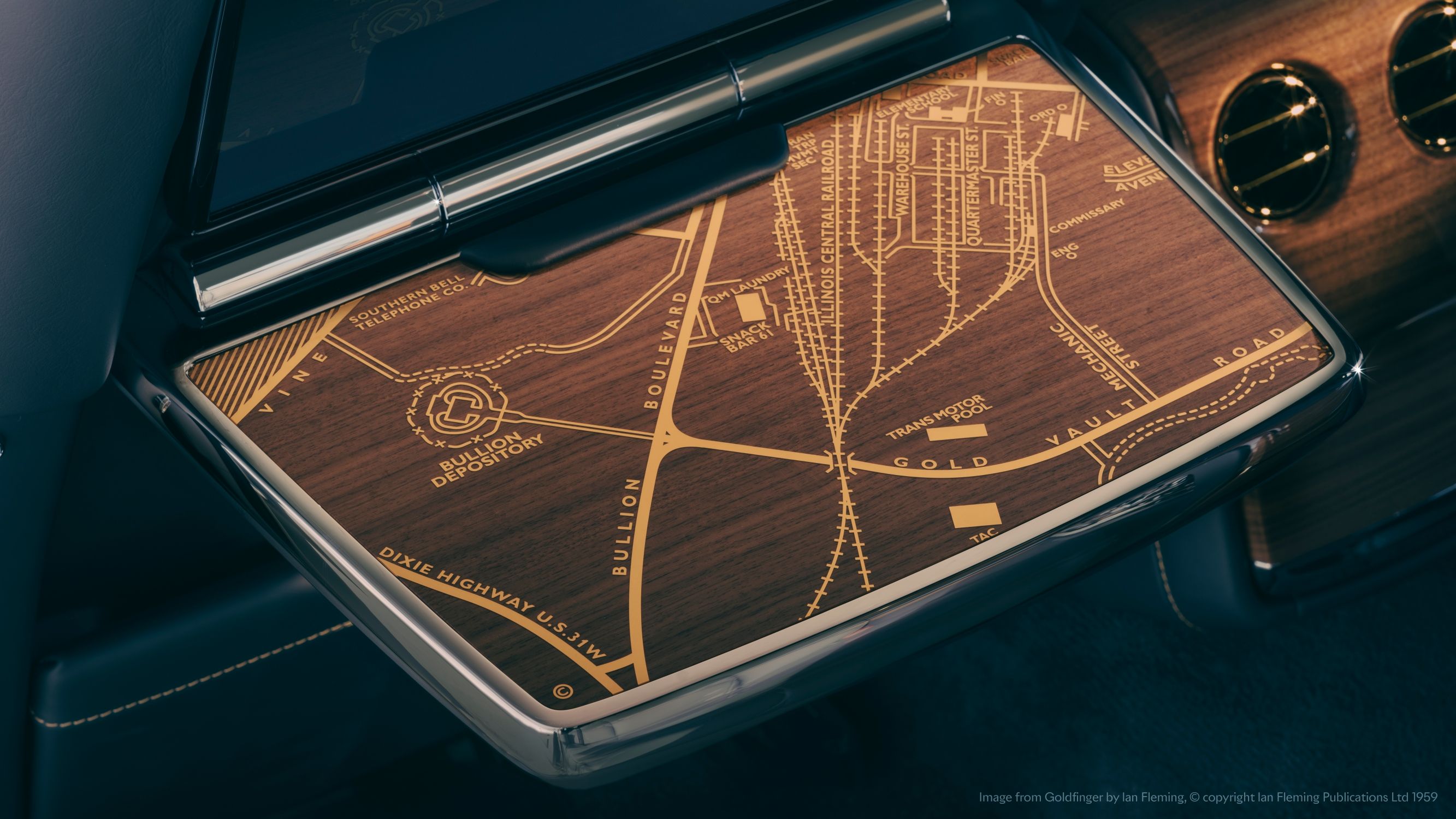
The Phantom III Sedanca de Ville is not the most famous car appear in Goldfinger. That is Bond’s MI6-supplied Aston Martin DB5, and Aston Martin have unsurprisingly used the 60th anniversary to reveal a special edition of their own, too. The DB12 Goldfinger Edition is presented in the same Silver Birch as the ‘60s machine and with the addition of 18-carat gold interior accents, but with an edition of 60 headed for production priced at a reported £300,000, it’s not as exclusive or as shaken and stirringly expensive as the Rolls. Like any good secret agents, Rolls-Royce are staying schtum at those details and wouldn’t tell me the sticker price even under pain of precisely pointed laser beams.
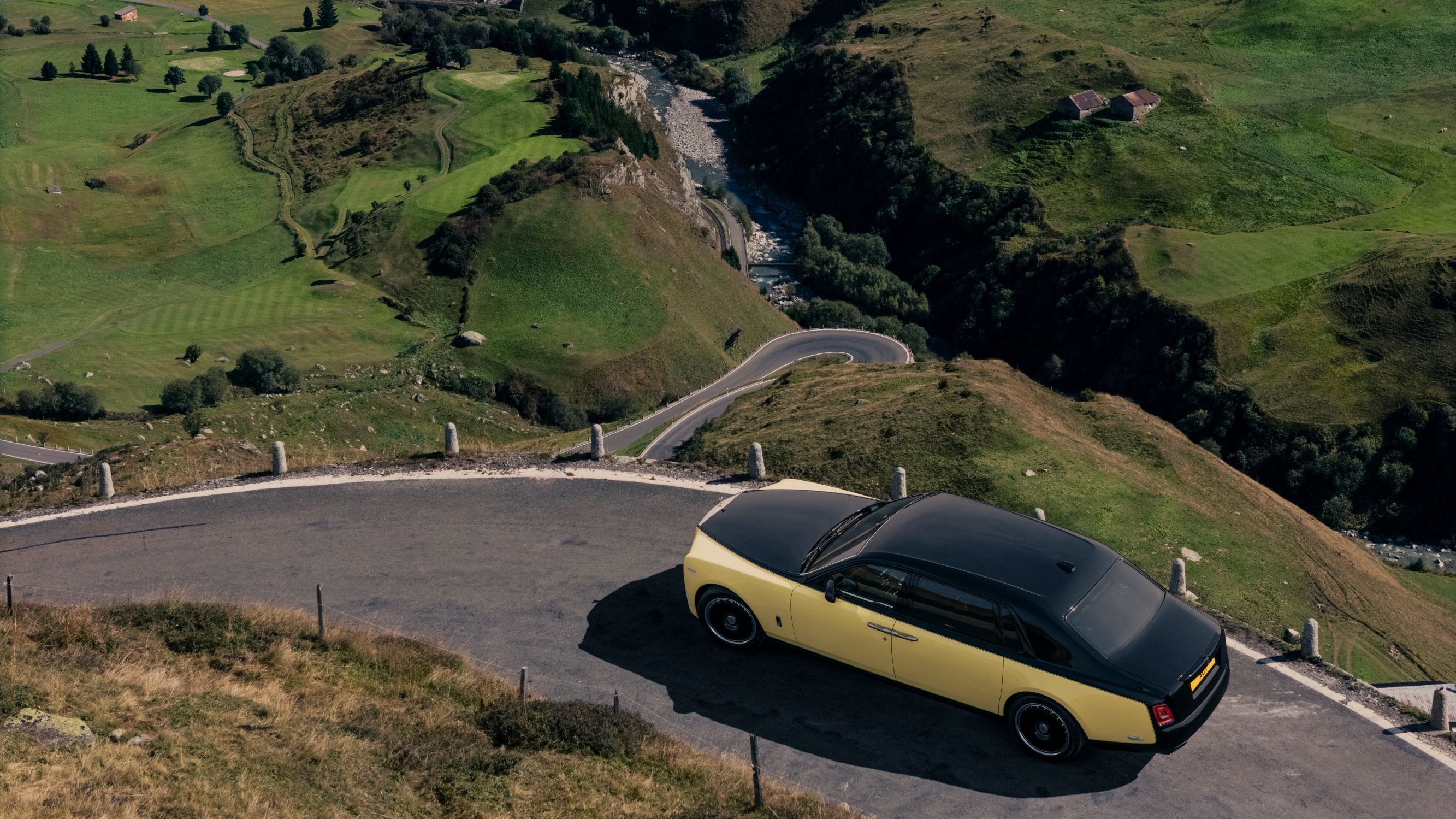
EON Productions is the owner of the original Sedanca de Ville shown here, which is still arguably the most famous screen Roller of all time. In total, 12 Rolls-Royce have appeared in Bond films over the years. The new Phantom will bear the same registration number as the original seen in the film: AU1. The prized number plate is, of course, a reference to the chemical symbol for gold.
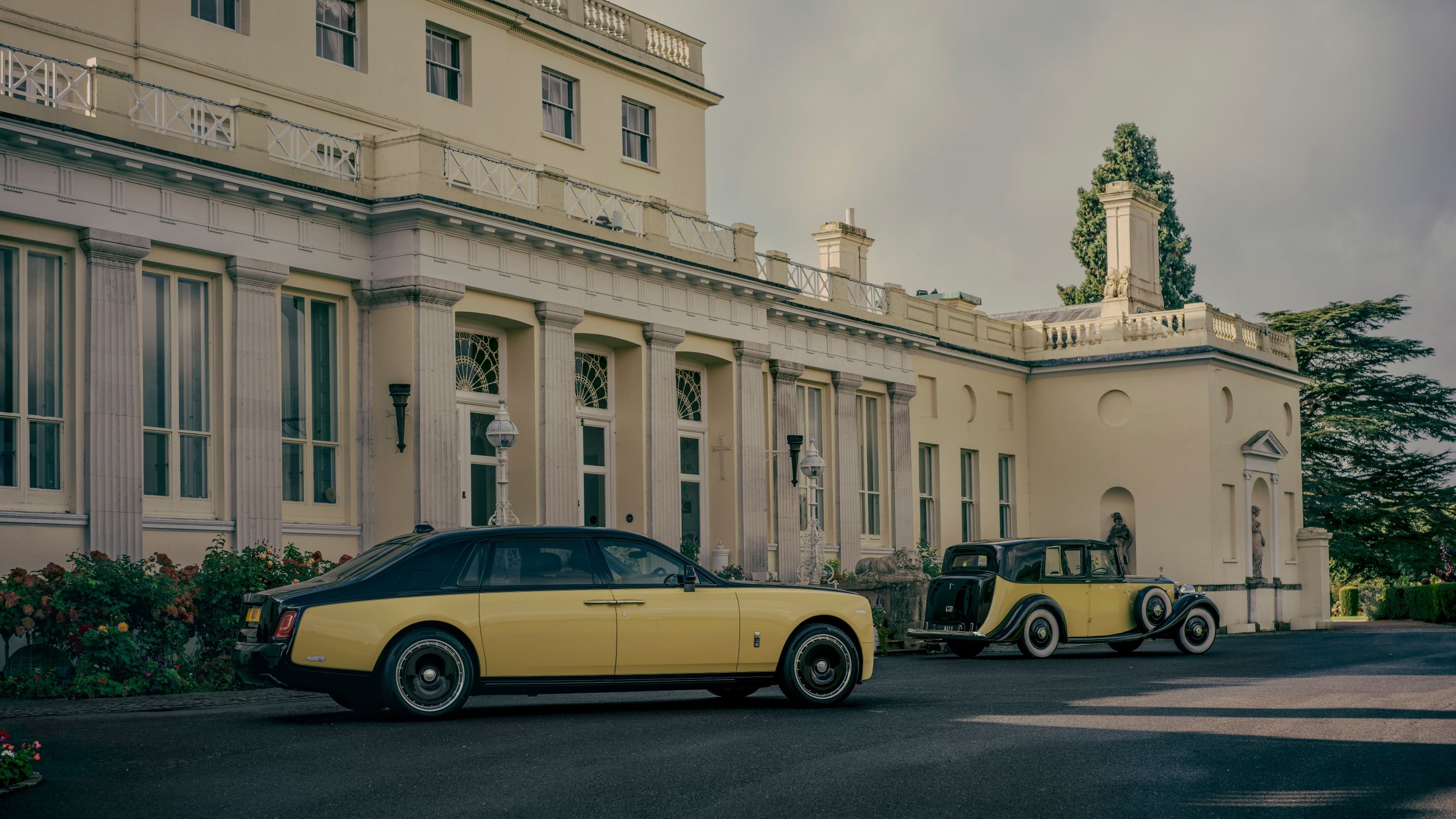
All that’s missing is a chauffeur to go by the name ‘Bond’, so that the owner can bellow ‘No Mr Bond, I expect you to drive!’ each morning. As webs of sin go, it’s one I wouldn’t mind entering for the long journey to the Alps.
